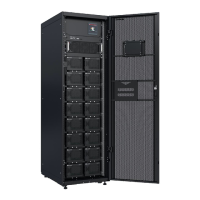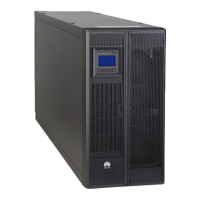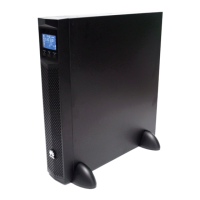Battery Leakage
Battery overheating causes deformation, damage, and electrolyte spillage.
When the electrolyte overows, absorb and neutralize the electrolyte immediately.
When moving or handling a battery whose electrolyte leaks, note that the leaking
electrolyte may hurt human bodies.
● If the battery temperature exceeds 60°C, check for and promptly handle any
leakage.
● Electrolyte overow may damage the equipment. It will corrode metal parts
and boards, and ultimately damage the boards.
● If the electrolyte
overows, follow the instructions of the battery
manufacturer or neutralize the electrolyte by using sodium bicarbonate
(NaHCO
3
) or sodium carbonate (Na
2
CO
3
).
Lithium Battery
The safety precautions for lithium batteries are similar to those for lead-acid
batteries except that you also need to note the precautions described in this
section.
There is a risk of explosion if a battery is replaced with an incorrect model.
● A battery can be replaced only with a battery of the same or similar model
recommended by the manufacturer.
● When handling a lithium battery, do not place it upside down, tilt it, or bump
it with other objects.
● Keep the lithium battery loop disconnected during installation and
maintenance.
● Do not charge a battery when the ambient temperature is below the lower
limit of the operating temperature (charging is forbidden at 0°C). Low-
temperature charging may cause crystallization, which will result in a short
circuit inside the battery.
● Use batteries within the allowed temperature range; otherwise, the battery
performance and safety will be compromised.
● Do not throw a lithium battery in
re.
● When maintenance is complete, return the waste lithium battery to the
maintenance oce.
UPS5000-H-(400 kVA-600 kVA)
User Manual (100 kVA Power Module) 1 Safety Information
Issue 01 (2020-11-30) Copyright © Huawei Technologies Co., Ltd. 14

